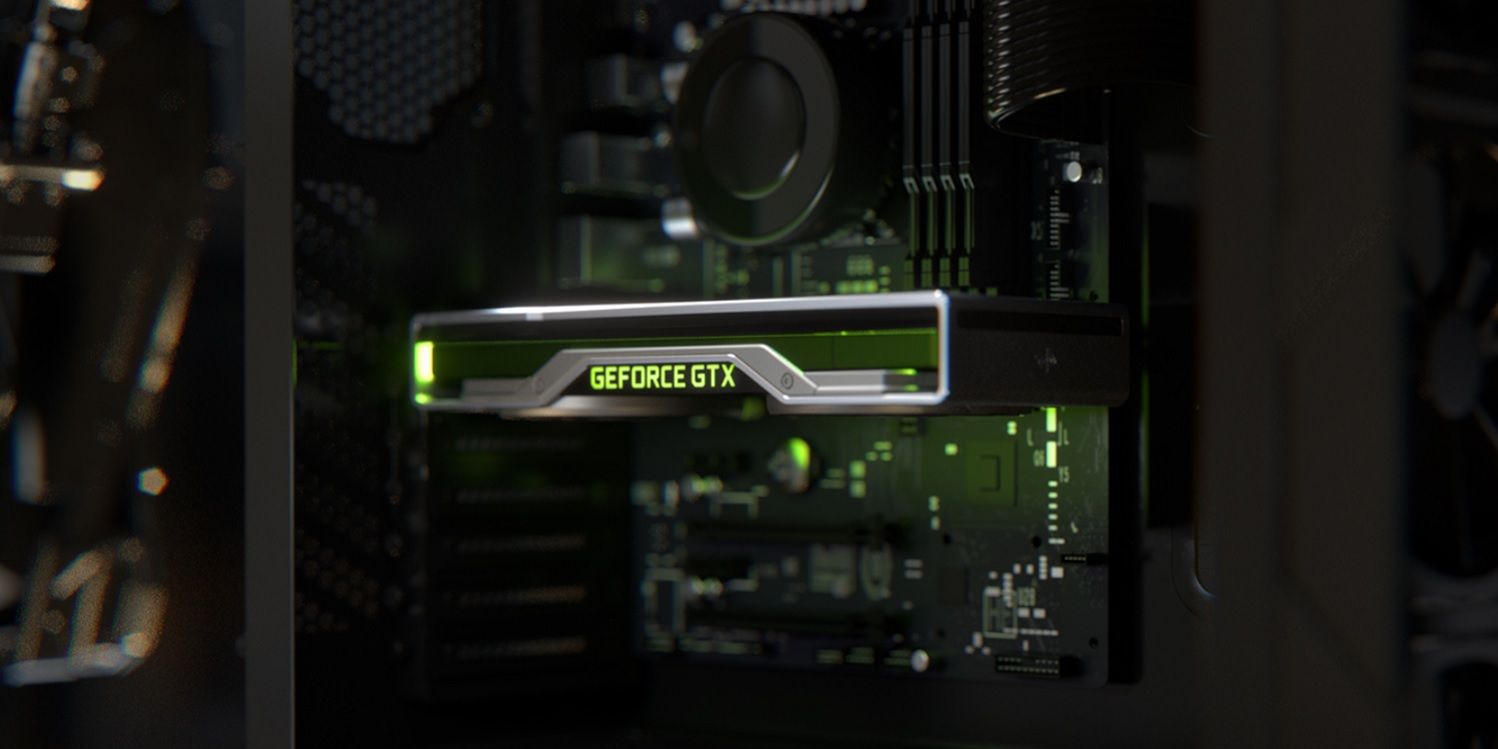While Nvidia offers some of the best graphics cards on the market for hardcore gamers, most people don't need a top-end GPU. Due to this, the company has more economical, yet still good quality, options for the more casual player, namely the GeForce GTX 16 Super Series. However, of the GeForce GTX 1650 Super and the GTX 1660 Super, which is the better entry-level graphics card to go with?
Earlier this week, Nvidia unveiled the GeForce RTX 30 Series line of GPUs. The new cards are true powerhouses in terms of graphics and offer technologies to reduce system latency, but they are not cheap. Even the least expensive GeForce RTX 3070 will still cost $499, which could be more than the average consumer is willing to pay.
In contrast, the GeForce GTX 16 Super Series line, first announced last November, is far less money. The GeForce GTX 1650 Super GPU has a suggested retail price of $159, while the 1660 Super is $70 more at $229. Nvidia says both these cards run 50-percent faster than the original GeForce GTX 16 Series which came out in early 2019. So, what's the difference between the two cards and which is the better buy?
Which GeForce GTX 16 Is The Super Buy?
Unlike the GeForce RTX 30 Series GPUs, which are capable of 4K and even 8K gaming, the GeForce GTX 16 Super Series works best at 1080p. Furthermore, the specs for the 1650 Super and 1660 Super are mostly similar with one of the main differences being video memory. For example, the 1650 Super has 4GB of GDDR6 VRAM, while the 1660 Super has 6GB. This means the latter card can process video information quicker and is likely to result in slightly less of a rendering lag for graphics. Similarly, the 1660 Super has more NVIDIA CUDA Cores (parallel processors). Although the two cards have the same base clock speed (1.53 GHz), the 1660 Super can be overclocked to 1.785 GHz, while its sibling GPU can only be boosted to 1.725 GHz. This is unlikely to be a noticeable difference in the long run, especially since the GPU wouldn't always be running at the boosted speed, but it could affect things from time to time.
With Nvidia's announcements this week, these cards' performance will improve. When the GeForce 16 Super Series line launched, Nvidia released an updated game driver, which added G-Sync support to its ultra-low latency mode to help cut down on game lag. Alongside the GeForce RTX 30 Series, the company also announced a new technology called Nvidia Reflex. If a game uses the Nvidia Reflex SDK, players can activate an Nvidia Reflex low latency mode, which further cuts down on system lag.
According to its own tests, Nvidia says players who use a GeForce GTX 1660 Super GPU should see a 33-percent improvement. Although the company doesn't offers stats for the 1650 Super, one would assume it's similar, since the cards are so much alike. For the most part, because of the cost difference, the GeForce GTX 1650 Super GPU is likely the better buy, but for those who want a little more oomph, Nvidia's 1660 Super would be the way to go.
Source: Nvidia


